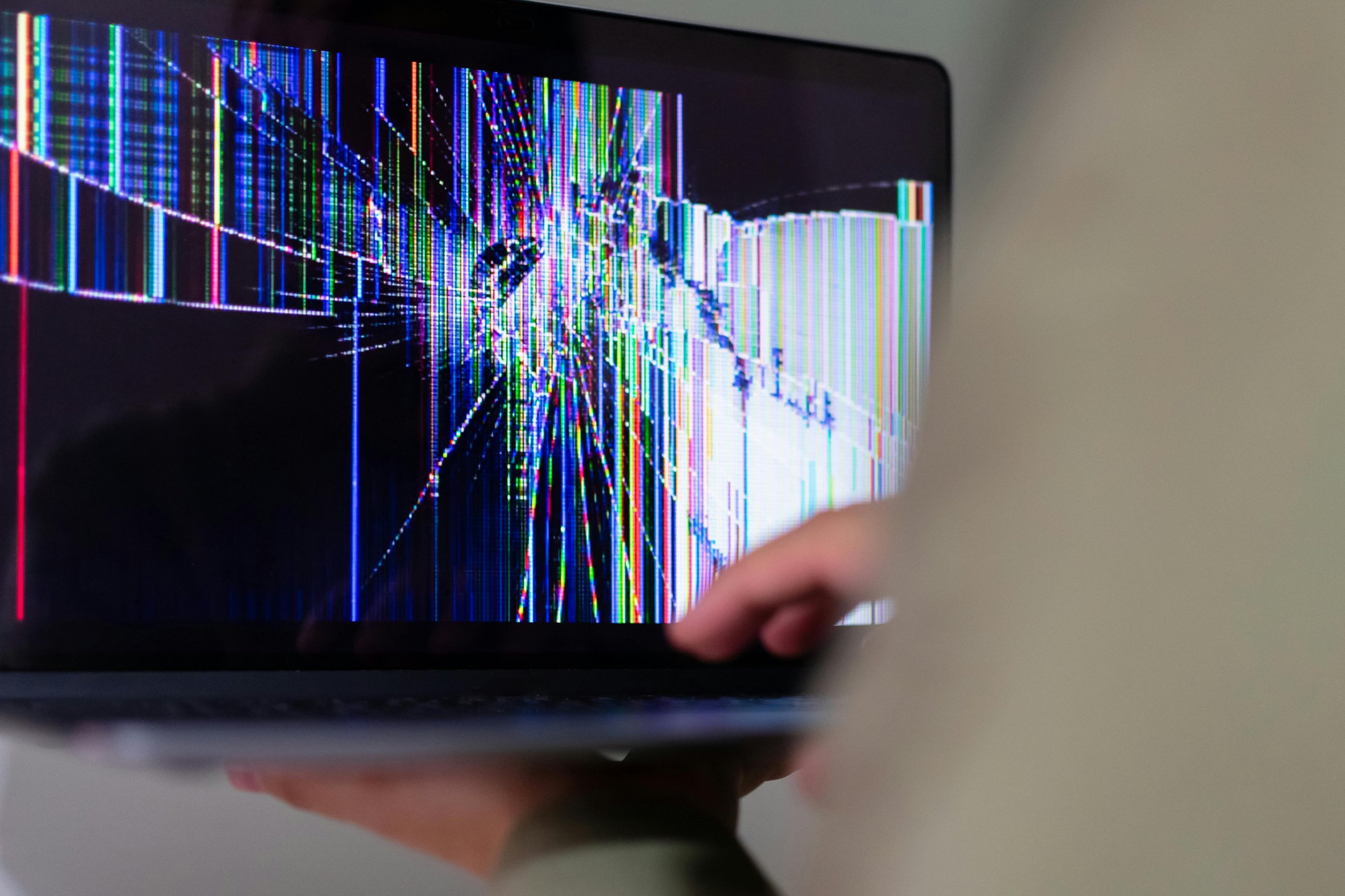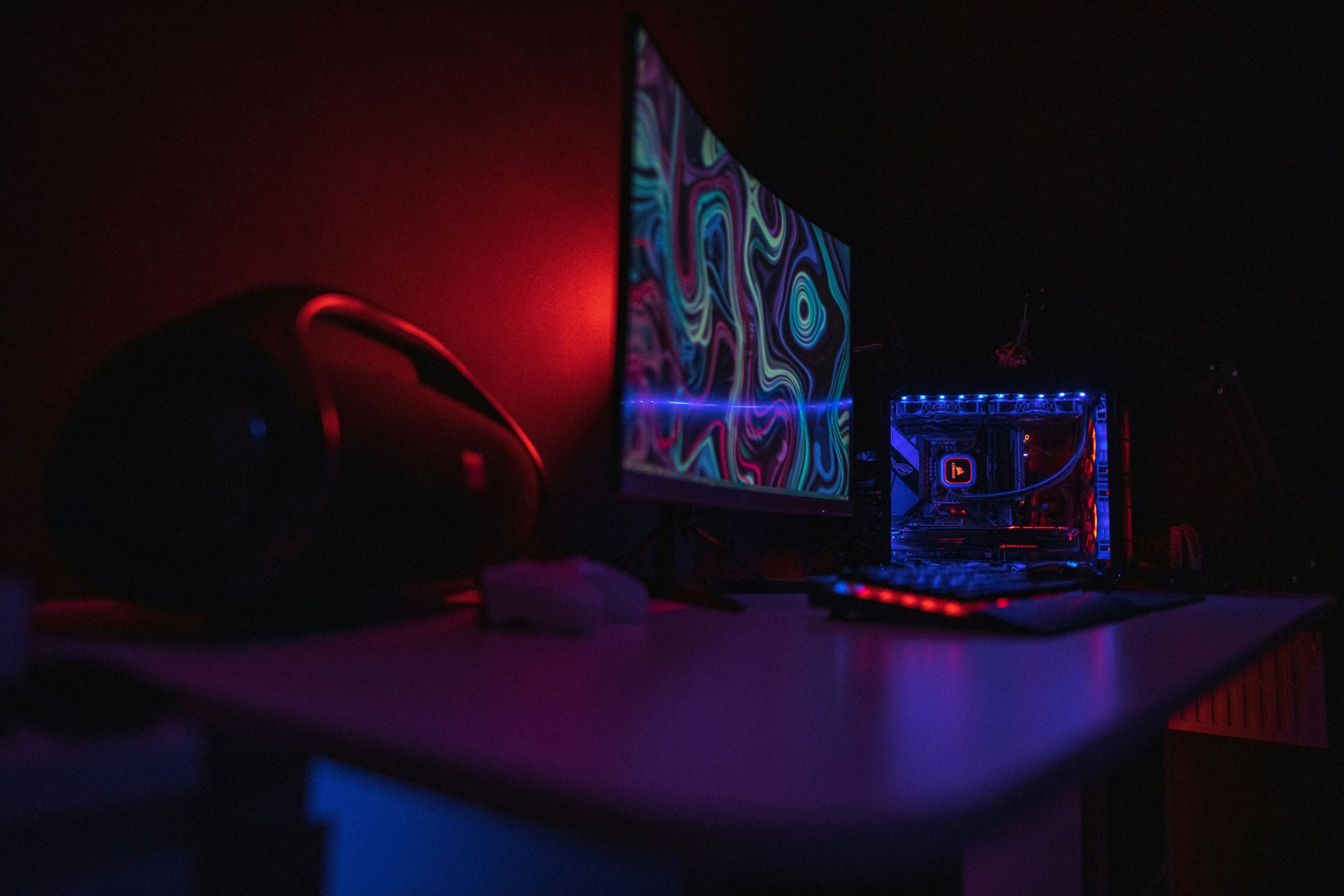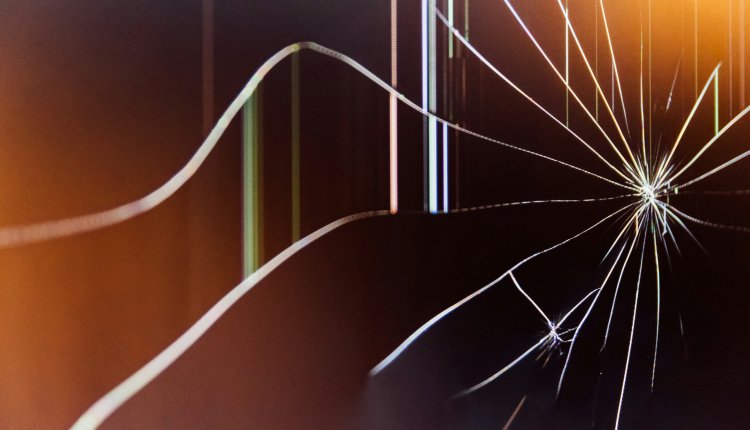Black Lines On Monitor – How To Fix?
Imagine settling down for a cozy movie night or gearing up for an intense gaming session, only to be greeted by the unwelcome sight of black lines crisscrossing your monitor. It’s a frustrating experience that can turn even the most mundane tasks into an exercise in irritation. These dark streaks might seem like mere blemishes on your screen, but they can signal underlying issues that could affect not just your viewing pleasure but also the longevity of your device. Whether you’re a casual user or a tech enthusiast, understanding the cause of these pesky lines is essential to restoring clarity to your digital world.
In this article, we’ll delve into the various reasons behind those annoying black lines and explore effective solutions to remedy them. From simple troubleshooting techniques to more advanced repairs, you’ll gain insight into how to diagnose and fix this common problem—ensuring that you won’t miss out on any cinematic magic or critical details in your favorite games. So gear up as we navigate through potential culprits and empower you with practical tips to reclaim the pristine display your monitor deserves!
Common Causes of Black Lines
Black lines on your monitor can stem from several common causes, each indicative of underlying issues that may require attention. One prevalent cause is a malfunctioning graphics card. If the card isn’t properly seated or has developed faults due to age or excessive heat, it can disrupt the flow of visual data, leading to those frustrating black lines appearing on screen. Another possibility lies in the display cable; a damaged or loose connection can interfere with signal transmission between your monitor and computer, often manifesting as distorted images or streaks.
Additionally, dead pixels might be at play if you observe vertical or horizontal lines that never seem to change. These tiny inactive spots are permanent and occur during manufacturing defects, but they might occasionally appear along with software glitches that affect how your device interprets colors and shades. Environmental factors can’t be ignored either; exposure to magnetic fields from nearby speakers or electronics may also distort display quality over time. Identifying these causes promptly can not only save you from potential frustration but could also help preserve the lifespan of your valuable technology.

Check Cable Connections and Ports
One of the frequently overlooked culprits behind those pesky black lines on your monitor could be faulty or insecure cable connections. When was the last time you closely inspected your cables? Unplugging and re-plugging them can sometimes solve intermittent display issues that might seem baffling at first. Take a moment to ensure each connection is snug — whether it’s HDMI, DisplayPort, or VGA — as even slight movement can result in poor transmission and visual artifacts.
Don’t forget to check the ports themselves! Dust accumulation inside ports may not only interfere with connectivity but can also contribute to physical damage over time. Use a soft brush or compressed air to gently clean out dust particles that may hinder contact points between your cable and monitor. If you have multiple inputs available on your monitor, try switching between them to determine if an isolated port issue might be the root of the problem. By inspecting both connections and ports, you’re not just troubleshooting; you’re giving your tech setup a much-needed refresh, paving the way for a smoother viewing experience.
Test with Different Display Settings
One effective method to troubleshoot the black lines on your monitor is by experimenting with various display settings. Often, the issue can stem from an incorrect resolution or refresh rate that doesn’t align with your monitor’s capabilities. Start by accessing your display settings and adjusting the resolution to match the native specifications of your screen; this simple tweak can sometimes eliminate undesirable artifacts like black lines.
Moreover, delving into advanced settings such as color depth and scaling options might reveal underlying issues that could be causing visual distortions. For instance, if you’re using a multi-monitor setup, ensure that each screen has its properties correctly configured to avoid any cross-feed disruption. Additionally, consider toggling between fullscreen and windowed modes in applications—this can help identify whether specific programs exacerbate the problem or if it’s a system-wide issue related to how graphics are rendered under varying conditions. Testing these different configurations not only aims at rectifying existing glitches but also enhances overall user experience by optimizing performance tailored to unique hardware standards.

Update Graphics Card Drivers
Updating your graphics card drivers is often an overlooked yet crucial step in resolving the pesky issue of black lines appearing on your monitor. Outdated drivers can lead to compatibility problems, graphical glitches, and general performance issues. Manufacturers regularly release updates to fix bugs, enhance performance, and add support for new technologies; ignoring these updates could mean missing out on optimal visual experiences. By keeping your drivers current, you not only reduce the risk of display anomalies but may also unlock improved frame rates and richer colors.
To ensure you’re running the latest version, consider using dedicated software from your GPU manufacturer, like NVIDIA’s GeForce Experience or AMD’s Radeon Software Adrenalin Edition. These applications provide a user-friendly interface that alerts you to available updates while also optimizing settings based on your specific hardware configuration. However, before diving into installation, it’s wise to back up your current driver; in rare cases where an update causes additional issues, a quick rollback can save precious time and frustration. Embracing this simple maintenance task could very well be the game-changer in banishing those annoying black lines from your screen!
Inspect Monitor for Physical Damage
Before diving into potential fixes for black lines on your monitor, a thorough inspection for physical damage is essential. Start by closely examining the screen surface; any noticeable cracks, dents, or scratches can be culprits behind those frustrating lines. Pay particular attention to the edges and corners, as pressure points often originate here. Don’t neglect the back of the monitor either; loose or disconnected cables can sometimes cause display issues that mimic physical damage.
Additionally, consider how your monitor has been handled over time. Frequent transport without adequate protection may create unseen stress fractures that compromise performance. Look for any signs of liquid exposure around connections—this could indicate more serious internal damage affecting display quality. A careful inspection not only helps identify glaring exterior faults but also sets the stage for effective troubleshooting, allowing you to discern whether repair or replacement is necessary and ultimately guiding you toward a clear path forward in restoring your screen’s integrity.

Run Hardware Diagnostics Tools
Running hardware diagnostics tools can be a game-changer in identifying the root cause of black lines on your monitor. These tools, often included in your operating system or available through third-party applications, provide a detailed analysis of your graphics card, cable connections, and monitor functionality. By performing these diagnostics, you gain valuable insights into whether the issue lies within the software or if it’s a deeper hardware malfunction—knowledge that can save you time and money in troubleshooting.
Moreover, engaging with these diagnostic tests not only helps isolate issues but also fosters a greater understanding of how different components interact within your setup. For instance, some tools allow you to simulate various resolutions and refresh rates to see how changes affect display quality. This active participation can lead to unexpected discoveries—perhaps revealing that certain settings trigger the black lines under specific conditions. The result is not just a path toward resolution but an educational experience that empowers you as an informed user capable of taking proactive steps in maintaining your tech gear.
Conclusion: Steps to Resolve Black Lines
In conclusion, addressing the issue of black lines on a monitor requires a proactive approach that combines both troubleshooting and preventive measures. Start by identifying the root cause through systematic checks—beginning with hardware connections and moving on to software diagnostics. This process often reveals simple fixes, such as reseating cables or updating graphics drivers, saving you time and frustration.
However, it’s equally important to cultivate good maintenance habits. Regularly clean your screen and keep your workspace free from dust that could disrupt performance. Consider investing in quality surge protectors to safeguard against electrical fluctuations that can wreak havoc on your display. Embracing these steps not only helps in resolving immediate issues but also enhances the longevity of your monitor, turning frustrations into informed go-to strategies for future challenges.

Comments are closed.